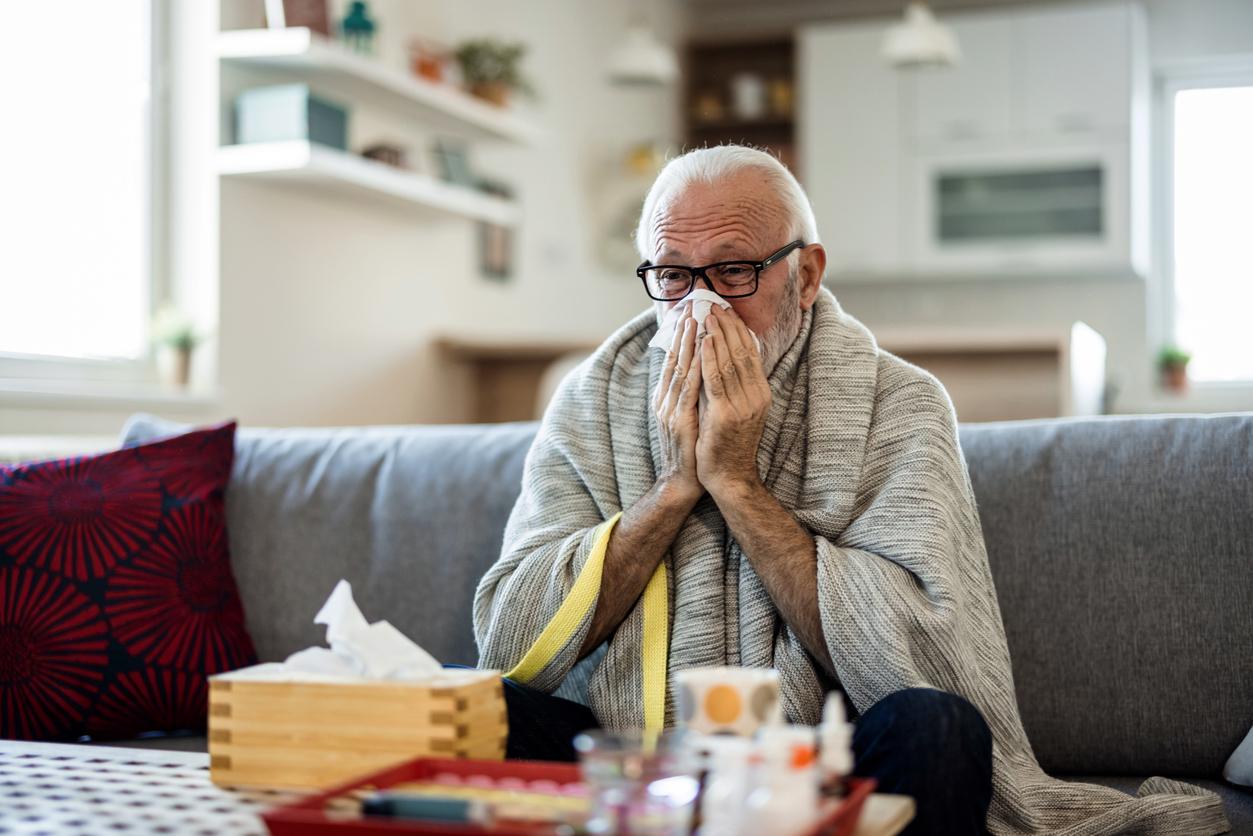Permanent presence, 2 half-days, 3 days per week… More and more employees are called upon to abandon telework to return to the site. A trend that is confirmed with the increase in the frequency of return trips between the home and the workplace of the French.

As a result of the acceleration of deconfinement, the resumption of face-to-face work is increasingly widespread. As reported 20 minutes, “nearly half of employees work[ai]ent on site at the end of May, after a third at the end of April and a quarter at the end of March”, according to Dares (direction of the Animation of research, Studies and Statistics). A return to companies that seems to sound the death knell for the French experience of teleworking.
“Today I was asked to physically return to my place of work, I do not know the reasons. It seems that many colleagues have returned. We have not had any directives for all staff, it seems that it was each manager who asked whether or not to come back. Until now, I went back half a day a week, in order to process my paper files”tells our colleagues Alice, administrative assistant at the town hall.
A return on site varies greatly from one company to another
Permanent presence, 2 half-days, 3 days per week… The rate of return to site varies greatly depending on the company. For example, Carl, also contacted by 20 minutes, will only have to return to his company one day a week, before going to two from July and returning to full-time face-to-face from September. Nevertheless, if the deconfinement accelerates, it is not excluded that these deadlines are advanced: a regret for the employee. “I live in Normandy while I work on two Ile-de-France sites. For me, teleworking should remain the norm!”he believes.
Amélie’s company has given its employees the choice of teleworking 2 to 3 days a week, especially in the event of family constraints. “Otherwise, we are strongly recommended to come to the office”, she tells our colleagues. She preferred to opt for a full return from June 2, “because alternating telework and office represents more logistical difficulties than reinvesting the office with sanitary measures”.
“Telework (…) must not become the norm”
Whatever the experience that we have drawn from teleworking, France is not accustomed to this practice. “Teleworking remains desirable insofar as it allows for a gradual recovery, to limit the circulation of the virus, but I have always considered that it was not a panacea”estimated Bruno Le Maire on franceinfo June 15th. Remarks which echoed those of Geoffroy Roux de Bézieux, the president of Medef, who declared on June 4 on European 1 than : “Telework, encouraged since the start of the health crisis linked to the coronavirus, must not become the norm”.
“There are as many companies as there are situations”believes for her part Cécilia Durieu, questioned by 20 minutes. This is the general manager of Greenworking, a management consulting firm which currently follows a hundred companies on the subject of teleworking. “We approached the limits on the occupancy rates with a lot of our customers, but it took time. So far, a balance has been found with the volunteers”, she says. According to her, companies are going more “heavily” encourage people to return to the site from June 22 – the date marking the mandatory return to school and college.
At the end of May, round trips between home and work were at 60% of their usual number
A trend that can already be seen by observing the frequency of return trips between the home and the workplace of the French. In fact, in an INSEE study, relayed in particular by France Inter, these trips were estimated at 25% of their usual workforce from March 17 – date of entry into force of confinement – then at 40% at the beginning of May, and at 60% at the end of the month. If we are still far from “world before”the evolution towards a return to face-to-face seems to be confirmed over time.
However, it varies between urban and rural areas. Thus, the metropolises were more affected by the reduction in journeys than the less densely populated territories, since the index there fell to less than 20% of the usual volume. A differential that continued after deconfinement. In question: “office” jobs in large cities, for which face-to-face can easily be replaced by the use of teleworking. A gap that can sometimes be seen within metropolitan areas, since travel has fallen much more sharply to central districts, places of business and commerce, than to more residential outskirts.
.















